
How Sony & Third Parties Attempted to Capitalize on Monster Hunter's Absence on PSV - Article
by Adam Cartwright , posted on 27 May 2018 / 6,618 ViewsWhile the PSP definitely got off to a flying start in terms of sales thanks to the promise of console quality gaming on the go, things took a downturn in the following years due to a variety of factors including increasing competition from the DS & phones, and a lack of quality exclusives. In Japan, one franchise injected new life into the little handheld turning it from a decent seller into the must-have machine in the country - this was, of course, Monster Hunter.
Capcom's co-operative action-adventure series was born on the PS2 but found a much better audience on the PSP, where local ad-hoc play became somewhat of a phenomenon in the country. Each successive release sold better than the previous entry, culminating in Monster Hunter Portable 3rd clearing nearly 5 million copies. The stage was all set for the franchise to make the jump to Sony's new handheld in 2011, but in a surprise piece of news it was announced the series would instead be transitioning to Nintendo's new 3DS handheld.
With the audience still very much interested in buying a true next-gen successor on the Vita despite the hardware shift, other companies stepped in to attempt to plug the gap in the market, leading to a large variety of imitator franchises on the Vita. It's these series I'm intending to examine in this article - what they are (including many that actually pre-dated Monster Hunter or appeared alongside it on PSP), how many entries Vita saw, how well they sold, and how well they succeeded at providing a co-operative hunting experience.
Launch & 2012 - The Early Imitators
While PSP had been home to Monster Hunter itself, a sea of imitators from various publishers were also released to cash-in on the market, ranging from the hugely successful (God Eater from Bandai-Namco) to the quickly forgotten (Frontier Gate from Konami). On Vita, a few of these initiatives continued and one even showed up at launch - Square Enix's foray into the genre, Lord of Apocalypse.
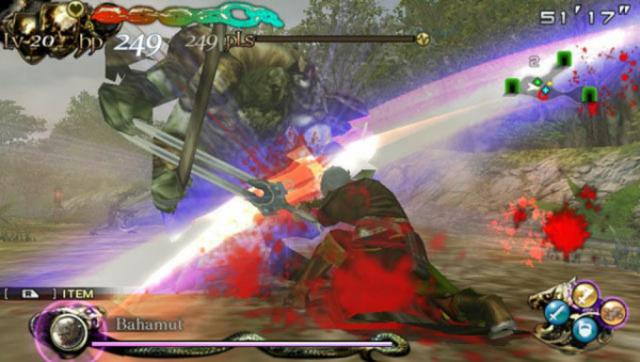
The game was an expanded version of PSP's Lord of Arcana and had you undertaking quests from a central guild then adventuring out into the world to kill monsters. sounds familiar, right? The title mixed things up with combat that takes place in dedicated Tales-esque arenas, quick time events in battles, and a variety of magical spells and weapons to use. Apocalypse boasted 249 improvements over Arcana and landed on both Vita and PSP in December of 2011, with the launch of Sony's new handheld, where it sold 28k. The lukewarm sales reflected the fact that the game just wasn't that well received - it wasn't the Monster Hunter experience people were after and the franchise died off soon after, and unfortunately without ever reaching western shores.
Thankfully, Vita's second hunting game was decidedly more successful. This was Ragnarok Odyssey from Gungho Online Entertainment, a spin-off from its popular MMORPG Ragnarok Online, developed by Game Arts (of Grandia fame). The title followed the now-traditional formula of questing from a central hub but mixed in its own unique features such as a card system to increase statistics and improve abilities and different classes each with their own special skills.
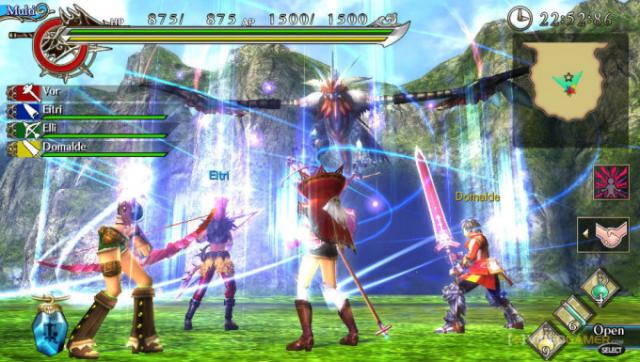
It seems the formula was a success, as although the game opened to 33k sales in Japan, it went on to shift more than 85k copies and spawned an expanded re-release (Ragnarok Odyssey Ace) which sold a further 62k in Japan alongside an additional PS3 version a year later in 2013. It would also become the first Vita hunting game to find its way overseas (XSEED picked it up for release in North America and noted that sales were off to a "strong start" in the region, before also localizing Ace in 2014). Both releases received a mixed critical reception in the west, with critics praising the colourful graphics and pick-up-and-play nature but criticising its generic design and repetitive missions.
Still, in the first year of the Vita's life it was evident that despite Monster Hunter's move to Nintendo's line of handhelds, the genre would continue to see imitators land on Sony's console in an attempt to fill the obvious gap in the market. Lord of Apocalypse and Ragnarok Odyssey perhaps might not have been the best series to achieve this, but 2013 would see the genre explode on Vita with a tonne of high-effort games seeking to take the hunting crown (and depending on your own personal viewpoint, some of them actually succeeded).
2013 - A Great Year for Hunting Game Fans
In 2013, not only did the Vita receive a variety of hunting games throughout the year but Sony actively advertised the genre (and even held events about it) in an attempt to make the handheld the de-facto home for fans. It was certainly a brilliant time to be an owner of the console, even if it still wasn't getting the main event.
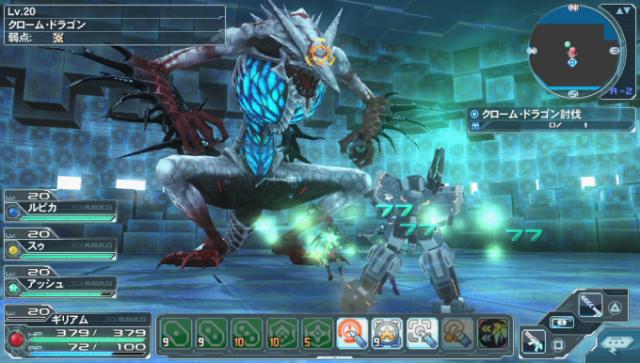
The year kicked off in February with the release of Phantasy Star Online 2 - a sequel to SEGA's MMO that originally debuted on the Dreamcast, which was arguably the birthplace of the co-operative hunting genre. Online 2 would be one of the only games to offer a massively multiplayer online experience on handhelds, but was also designed to be played in small groups to take on different missions - very similar to those in Monster Hunter. In fact, the Phantasy Star franchise had flourished on PSP across two games - Phantasy Star Portable and Phantasy Star Portable 2 - so it made sense for the latest entry to land on Sony's newest handheld.
Launched as a free-to-play title, Online 2 would eventually go on to hit more than 1.5m downloads on Vita, making it one of the most successful games in Vita's library (while a retail cart, which was made available for those who wanted extra items, sold 125k copies in Japan). Despite initially announcing that the title would be coming west in 2013, this never materialized and western gamers had to settle with fiddling with memory cards and creating Japanese accounts to try and play the game.
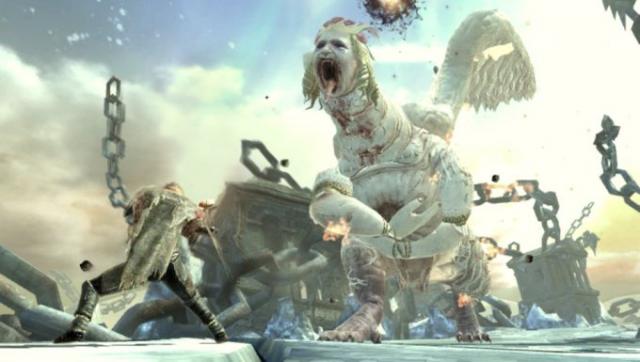
Thankfully the next hunting game to arrive on Vita was one that would receive a worldwide release and a large amount of advertising to go with it. This was Soul Sacrifice, a dark fantasy adventure from Mega Man alumni Keiji Inafune, published by Sony. It focused on a unique save/sacrifice feature and a large selection of magic spells to take down foes. It was a very different take on the formula that still managed to appeal to fans of the genre. The title sold around 225k in Japan, of which a decent chunk was a double pack designed to entice users to get their friends involved.
In the west, the title was one of Sony's big releases for the year, alongside other first-party efforts such as Killzone Mercenary and Tearaway. Sadly, thanks to the Vita's weak hardware sales outside Japan, the title only shifted around 33k in its first month on sale in the USA, but it gained a niche following thanks to solid reviews that highlighted the beautiful art and design as well as the unique ideas it brought to the tried-and-tested formula within most hunting games. Soul Sacrifice clearly did well enough as a whole for Sony, as an expanded re-release named Delta landed a year later.
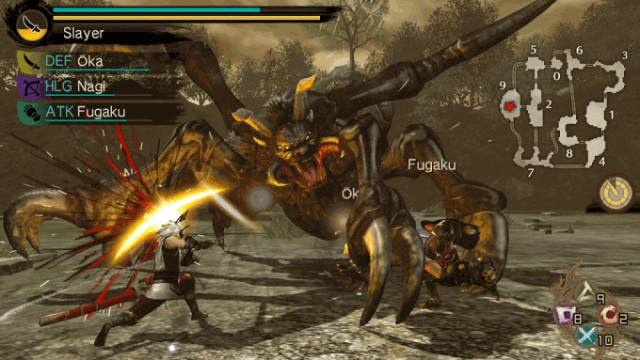
While Soul Sacrifice was bringing new ideas to the table, the next hunting game to show up on Vita played things extremely safe and was arguably the most blatant clone of Monster Hunter yet. This was Toukiden: The Age of Demons from Koei-Tecmo (with a bit of help from Sony's Japan Studio to ensure PlayStation exclusivity), who had previously explored the genre on PSP with Dynasty Warriors Strikeforce, which was also from developer Omega Force.
Toukiden offered a very traditional hunting experience - multi-arena maps with plenty of monsters to tackle, slow methodical combat involving taking down certain limbs, and a customisable character capable of equipping tonnes of different weapons. The game's differentiating factor was its lore, which was steeped in Japanese mythology (including 'mitama' - souls of fallen warriors that can augment the player's abilities). This helped it resonate well with the Japanese market where it shifted more than 240k copies, making it the 11th best-selling Vita game in the region. A western release came in early 2014 and eventually Toukiden sold more than 550k copies worldwide.
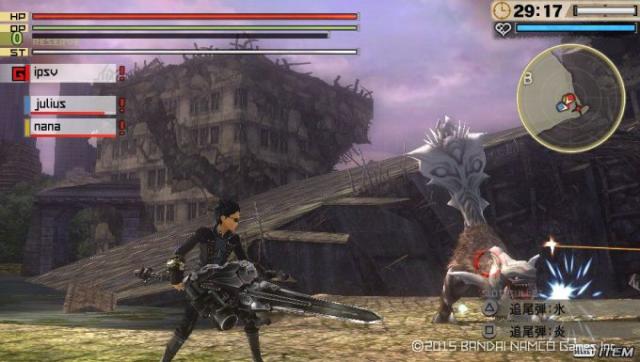
The final quarter of the year was propped up by one major release (aside from the aforementioned Ragnarok Odyssey Ace in August) - God Eater 2 from Bandai-Namco. On PSP, God Eater had been Monster Hunter's main competitor. While it couldn't reach the lofty millions that Monster Hunter was selling, it cleared 600k with the first entry and slightly less with the expanded re-release, Burst. God Eater 2 was the first fully-fledged sequel and hype among the Japanese audience was high. While it was originally announced only for PSP, a Vita port was quickly added by TGS 2012, which proved to be a very smart move as it sold more than 266k in its first week on the market and more than 456k by the end of 2015 (making it the second best-selling game on the platform).
God Eater takes place in a post-apocalyptic world where the planet has been mostly destroyed my monsters known as Aragami. Humans with adaptive weapons that switch between swords and blades known as 'God Arcs' fight them off, and this forms the basis of the plot. Thanks to its heavier focus on ranged combat, quicker movement mechanics, and more team-based mission structure, the franchise offered a solid alternative to Monster Hunter and was definitely the biggest success story on Vita. Although God Eater 2 itself didn't manage to find its way west, its expanded version did in 2016.
It marked a fantastic way to cap off the year for fans of hunting games. While the main article itself still hadn't appeared, a large variety of alternative software was available, covering everything from dark fantasy (Soul Sacrifice) to Japanese folklore (Toukiden) to futuristic sci-fi (God Eater). The coming year would have even more variety, although sadly it would also be the last year the genre truly flourished on Vita.
2014 - Even More Newcomers Enter the Ring
Vita owners were swamped with choice when it came to hunting games by 2014, meaning that although Monster Hunter itself was missing, its absence was rarely felt. The year would see multiple expanded re-releases of previous titles with even more content, including Soul Sacrifice Delta and Toukiden Kiwami, but what really made the difference were the new games built just for Vita.
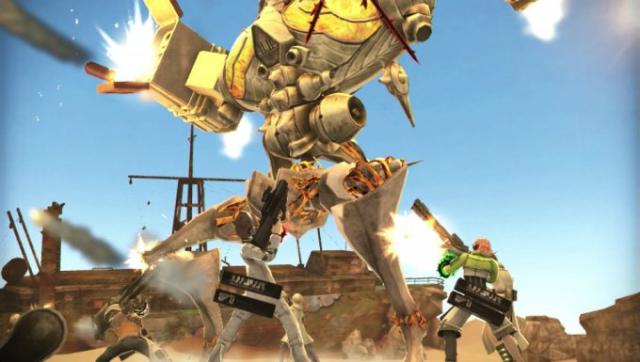
Leading this charge was another title from Sony itself - Freedom Wars, developed by God Eater alumni Shift, Dragon Ball Xenoverse creators Dimps, and Sony's own Japan Studio. It was another high-effort release, teased with a brilliant 'panopticon' trailer that set the tone and back-story that cast you as an imprisoned warrior forced to fight massive abductor enemies to reduce your sentence with the hopes of eventual freedom. It presented a dystopian future not dissimilar to God Eater and had very similar gameplay ideas too, although a unique grappling hook mechanic gave it an Attack on Titan vibe.
Freedom Wars was a huge success in Japan, especially for a new IP, selling 188k in its first week on the market and clearing 300k by the end of 2015, although balance problems plagued the early weeks which very much hurt its sales potential. A western release followed later in the year which thankfully led to a much better reception as a result of all the patches and updates being included, although issues with repetitive content and clumsy controls were raised. It wasn't quite Monster Hunter, but still provided another brilliant dose of portable hunting fun.
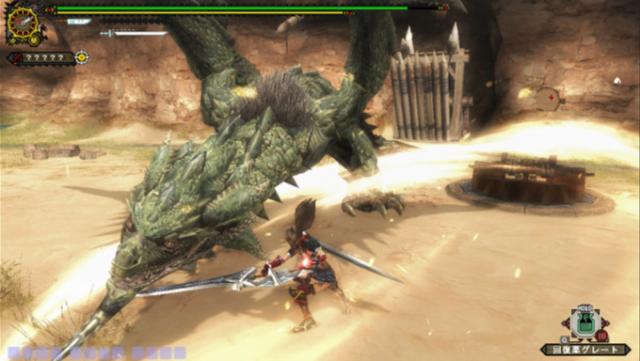
In a surprising move, Capcom finally announced Vita would be getting a Monster Hunter game in August of 2014... just not quite the title fans had been hoping for. Instead of being a mainline entry or a portable spin-off, the console instead got Monster Hunter Frontier G - the online-only sub-series that had originally launched for PC and Xbox 360 in 2013 (and also eventually landed on PS3 and Wii-U).
It was the strongest launch for a Monster Hunter Frontier release since the original Xbox 360 version, opening to 21k sales, showing that despite the sea of imitators Vita owners were still itching for the real thing. Unfortunately, its subscription-based nature (gamers would have to pay an extra fee to play the game at all) and rather archaic design meant it would never come west, nor hit the sales milestones of its ad-hoc entries, making it a stop-gap release rather than a major player in the market.
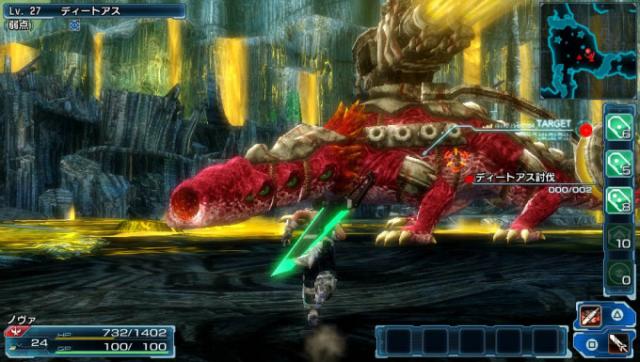
One final game in 2014 would attempt to hit the highs the genre saw on the PSP - this was Phantasy Star Nova from SEGA and it acted as a spiritual successor to the Phantasy Star Portable series, except based on the newer Phantasy Star Online 2 timeline rather than Phantasy Star Universe. It was developed by Tri-Ace, the storied Japanese company known for its work on the Star Ocean franchise and which coincidentally had created its own hunting game on the PSP named Frontier Gate.
Nova would see a custom character land on the planet Machia, inhabited by hostile creatures known as 'Gigantes', with gameplay more akin to God Eater than anything else. A demo for the title was released a month before release but sadly had a tonne of issues that, while eventually rectified, definitely hurt its sales potential, as the game sold 107k in its first week in Japan and 174k by the end of 2015. A western release never happened, likely due to the console's relative weakness in the west combined with the niche nature of the IP outside of Japan.
2014 was the last fantastic year for hunting games on Vita, thanks to a large variety and volume of software (coincidentally, it was also the last year that there was major advertising from Sony Japan around the genre). There were still some highlights in the remaining years, but the things rapidly slowed down from hereon out.
2015-to-Present - A Final Few Sequels to Keep Fans Engaged
The remaining years of the Vita's life were filled with sequels to already-successful titles (this extended to more than just hunting games) and unsurprisingly the console landed new entries in two of its most successful series of all - God Eater and Toukiden.
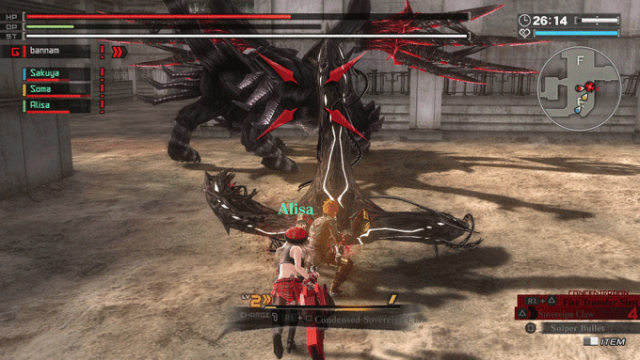
The former actually showed up twice in 2015 - at the start of the year in the form of an expanded re-release of 2013's God Eater 2, subtitled Rage Burst, which offered significant amounts of new content and changes compared to the original. It still proved to be a massive success (despite the ever-increasing focus on offering this kind of new content through DLC rather than retail packs), selling more than 360k copies in Japan on the Vita alone (in addition to a PS4 version).
Following this, Bandai-Namco also decided to remake the original game for new audiences with a PS4/Vita release, entitled God Eater Resurrection. It remastered God Eater with additional story content and more combat styles. Slightly less successful than the previous two releases, Resurrection shifted 190k on Vita in Japan, which was still a decent result for a remaster. Both titles made their way west in late 2016, giving the franchise a new lease of life overseas after the PSP-only Gods Eater Burst and many publications praised the games as some of the best in the Vita's library, as well as proclaiming them "as close as you can get to Monster Hunter on PlayStation".
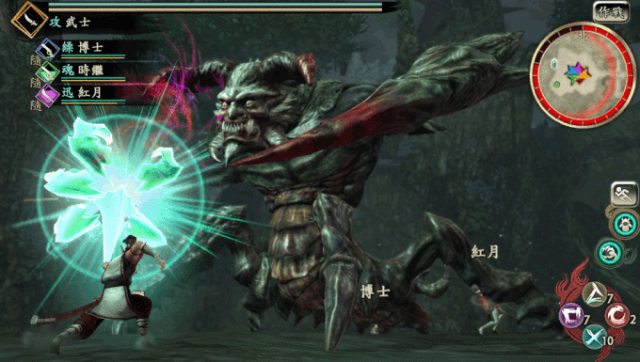
Toukiden meanwhile got a fully-fledged sequel in 2016 which expanded the bounds of previous hunting game design templates. Toukiden 2 introduced open-world elements for the first time - you were free to explore outside the gates of your village and fight whatever you like, something that would also be seen in Monster Hunter World two years later (although in a much more sprawling format). Other than that, it kept the very traditional elements that made the original such a success, meaning it scratched the same hunting game itch.
Sadly, thanks to an increasing focus on the PS4 version, the Vita port suffered from a wonky framerate and graphics that were a significant downgrade over the previous release. This led to lower sales of just over 100k in Japan on the handheld and even less on Sony's home console. A western release followed in 2017 making it the final hunting game to arrive on Vita overseas, capping off a fantastic few years for fans of the genre (even if the main player in the market was still absent).
Future
Sadly, Sony channelling its efforts onto the PS4 after 2014 meant that the hunting genre struggled to keep up. Certain franchises have re-focused on the western market (God Eater 3 has been announced for PC and PS4), yet others have died out altogether (Sony's own efforts like Freedom Wars and Soul Sacrifice seem done, while others such as Ragnarok Odyssey and Toukiden seem dormant).
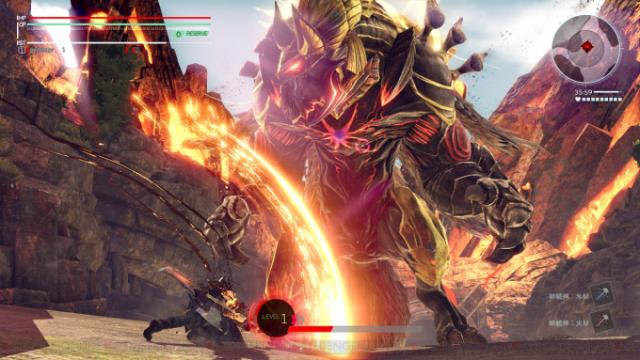
Amusingly, the PS4 itself received the first mainline Monster Hunter game in years (alongside Xbox One), named Monster Hunter: World in 2018. It's selling remarkably well across the world, but whether this reinvigorates the market and inspires other series such as Lord of Apocalypse or Phantasy Star to re-surface is another question.
Conclusion
When Monster Hunter Freedom released in Japan in 2005, the dynamic of the portable gaming market shifted - publishers quickly realised that gamers in the region enjoyed playing local co-operative experiences with their friends and, over the next seven years of PSP's life, the genre grew and grew as more competitors entered the fray. When Monster Hunter leapt across to the 3DS during the launch of Nintendo's new hardware, many publishers took this opportunity to plug the gap in the market left by Capcom's creation.
Over the next five years, the Vita proved itself to be an incredibly capable home for the genre, with multiple series seeing impressive sales and iterative sequels (and that's not even counting series that could be classed as pseudo-hunting games which I've left out here, such as Gundam Breaker, One Piece Unlimited World Red, Sword Art Online: Hollow Fragment, and Valhalla Knights 3). It seems that the bets these publishers made paid off and they were able to capitalize on the lack of Monster Hunter on a niche-ly popular handheld console for their own benefit.
With Sony now bowing out of the portable gaming market and Nintendo's Switch reigning supreme, it will be interesting to see what the future holds for the genre. While Switch has already received a Monster Hunter port (Monster Hunter XX), the latest entry has landed on PS4 and Xbox One and is breaking sales records for Capcom, while similar series like God Eater have followed suit. Whether everything sees a similar level of success on Sony and Microsoft's home consoles or instead moves over to Nintendo's hybrid is another matter - but for now, if you're a fan of hunting games then the Vita has a vast back-catalog of fantastic titles to dive into.
More Articles
I really love Soul Sacrifice and Freedom Wars, it would be awesome if they could make sequels for them on PS4 or at the very least remaster them on PS4 so those games can get another chance to shine.
Please make another freedom wars
All that God Eater talk brought a smile to my face. :)
After initial interest in Monster Hunter in 2003, and no follow through, it was the Vita that brought me into the genre 11 years later with Soul Sacrifice. After some initial "WTF IS this?" moments, I came to like, and then yes, love that game. How often does a Japanese game have such stellar English voice acting? For once, I wasn't even tempted to switch to the Japanese VO ( Although you DID have to buy them for Soul Sacrifice ). Great solo and multi. I moved onto Freedom Wars ( forgot about the balance you mentioned it originally had on the JP launch ), and was immediately impressed. The controls did take some time to acclimate to, but once mastered, were quite good. I miiiiight say it had the best overall production values of any of these games. Maybe. It was fairly stiff competition. I really enjoyed the world it created, and had in my opinion, the best co-op of all the Vita "MH" games. The crafting was too complex for my liking however. Bonkers. SS Delta was next, and I felt it wasn't as balanced as the original. It was too easy. An uncommon complaint from me to be sure. I beat and platted all three of these. It's interesting that you say Toukiden is the most blatant MH clone, as I not only rather liked it, but .....*looks around......actually prefer it to MHW on the Pro from a gameplay standpoint. I'm still very early in on MHW however. I went full-on in the prep for the Toukiden plat, but it was a MUCH more harsh mistress than FW, SS, and SSD. If one were to visualize the paths taken to get all the Mitama, weapons, and materials needed to achieve the plat, it would resemble a visualization of what the internet looks like. Absolutely mental. I also own Ragnarok Odyssey Ace, Toukiden Kiwami, Toukiden 2, Sword Art Online Hollow Fragment ( a psuedo-hunter you say? hmmmm ) and just bought God Eater 2: Rage Burst, but have played none of them.
The world has seen what a good monster hunter game can do, sales are off the charts. While MH has its brand name, its shown that its quality is way above other monster hunting genre. If Sony could invest in a good studio with talented people and a good budget, Freedom Wars II could be a big hit, especially since no one has really made a good MH clone with guns. SAO Fatal Bullet was garbage, and Freedom Wars was ok, but it's defintely lacking with Vita's hardware.








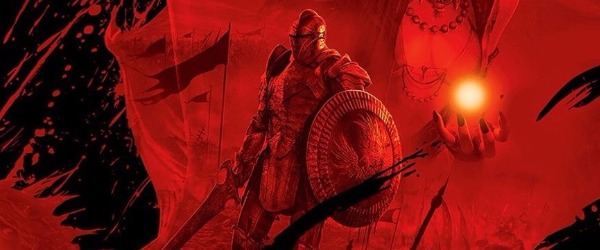
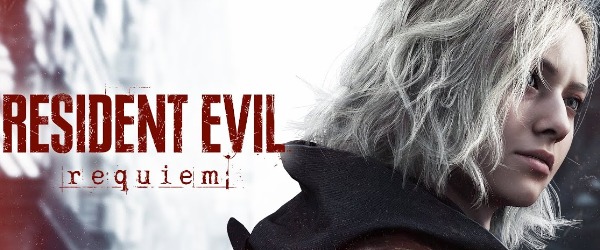
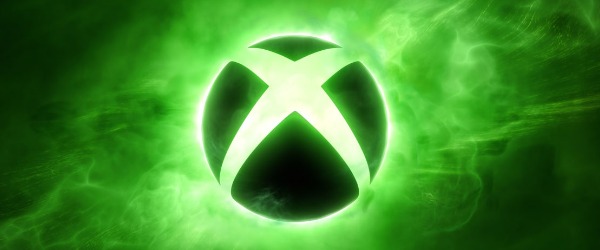
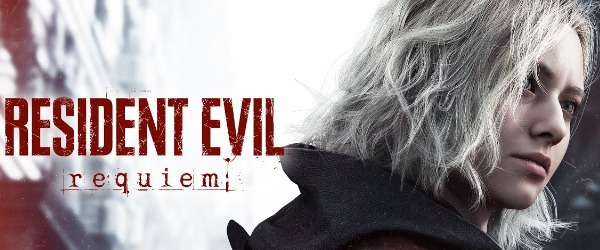










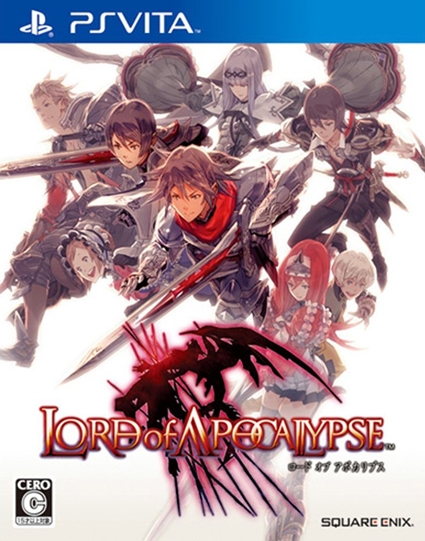

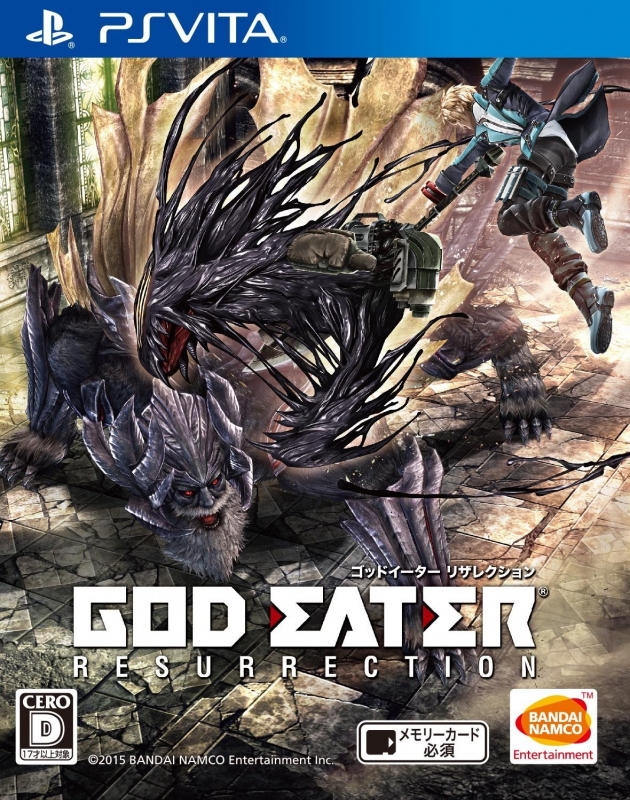
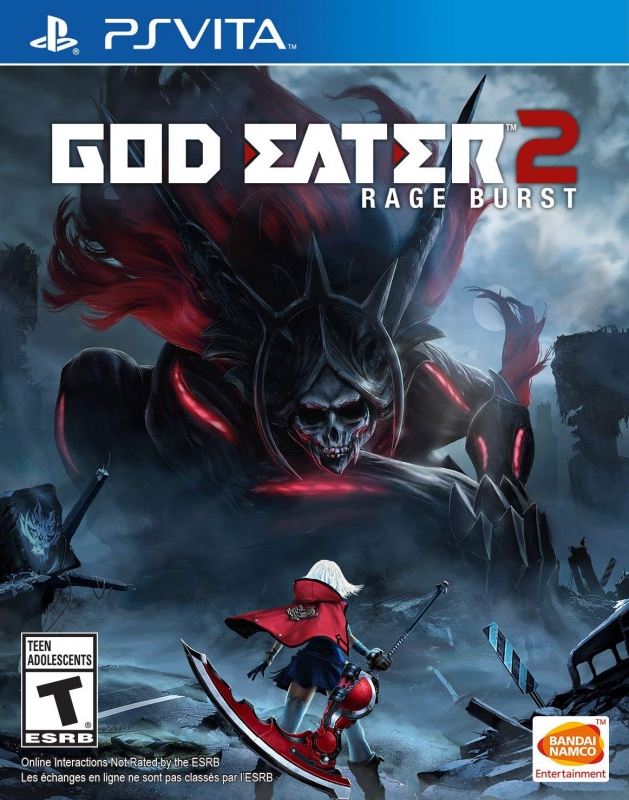
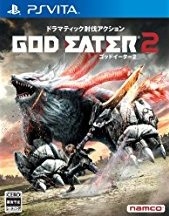
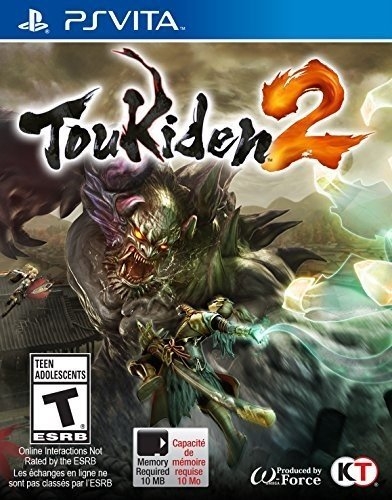
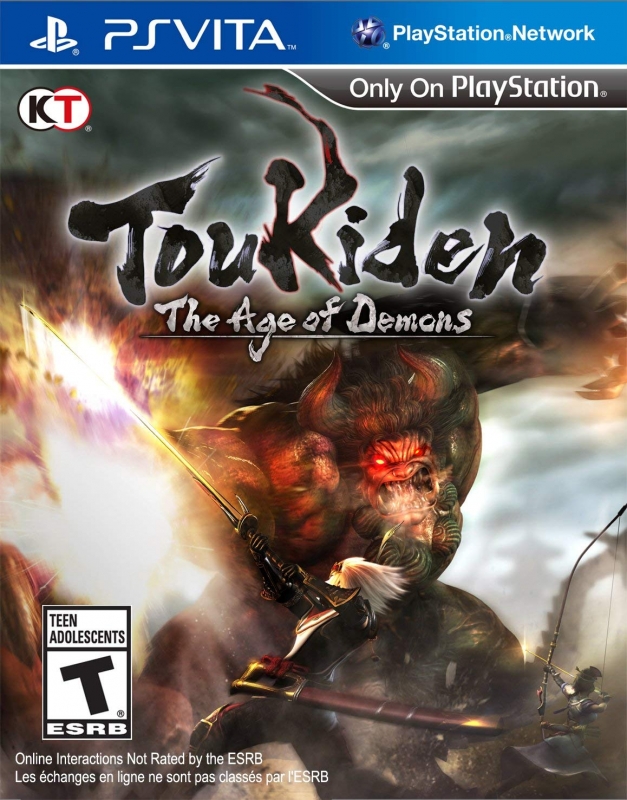
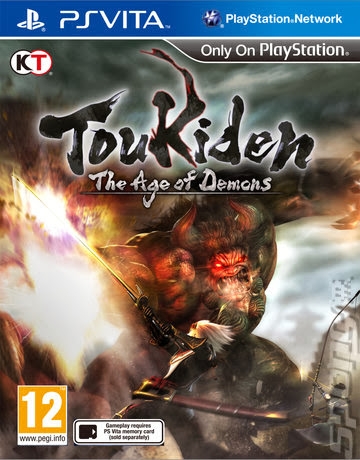
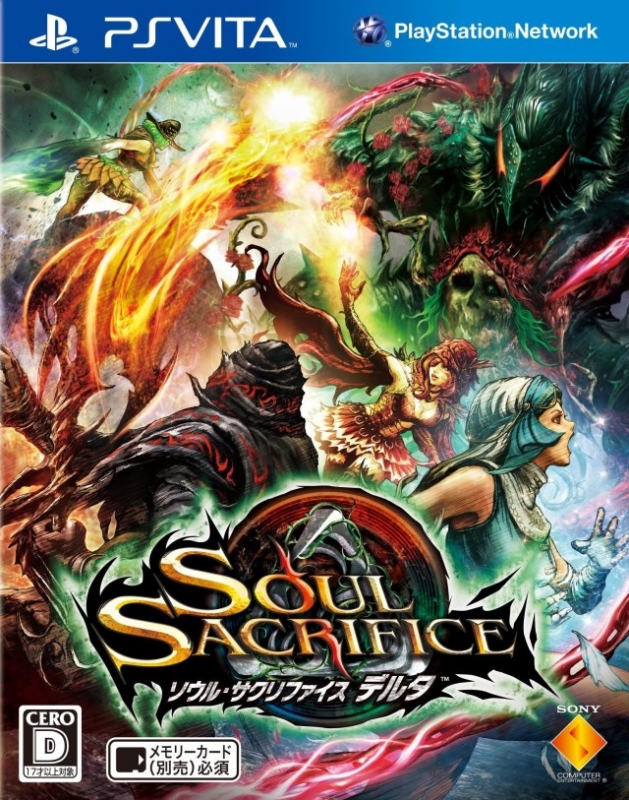
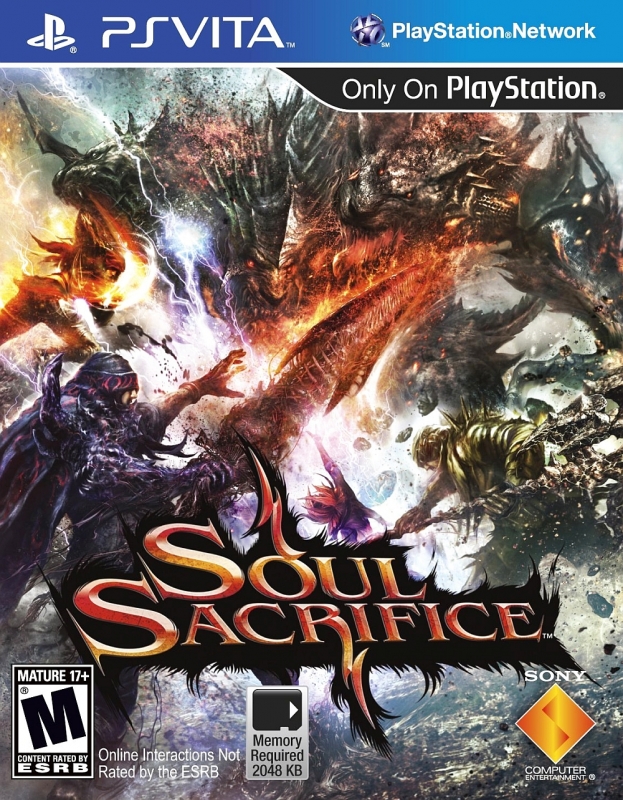
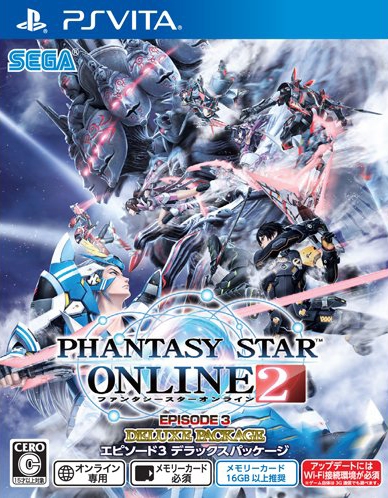

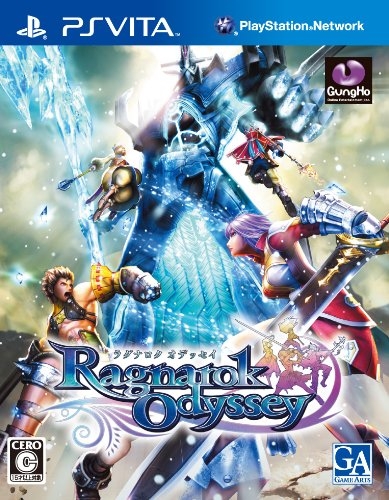
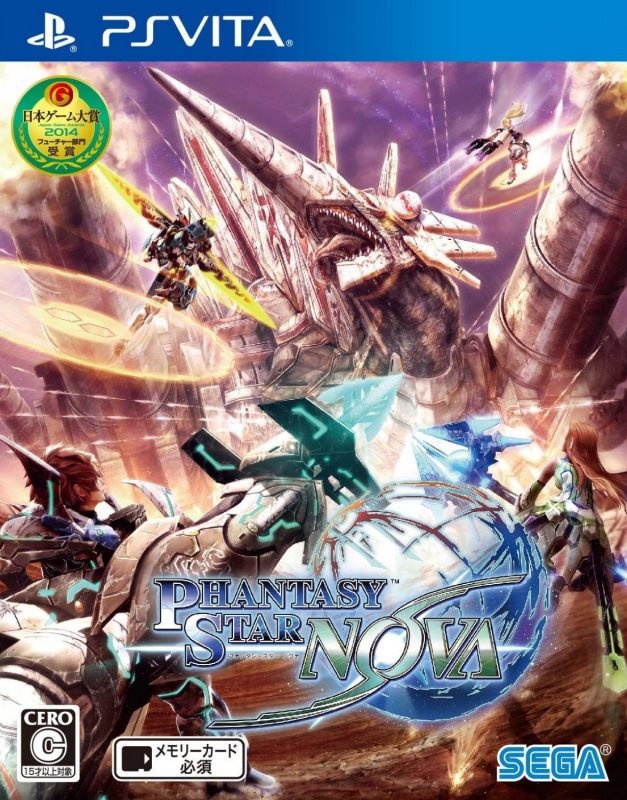
 Essay Pro
Essay Pro